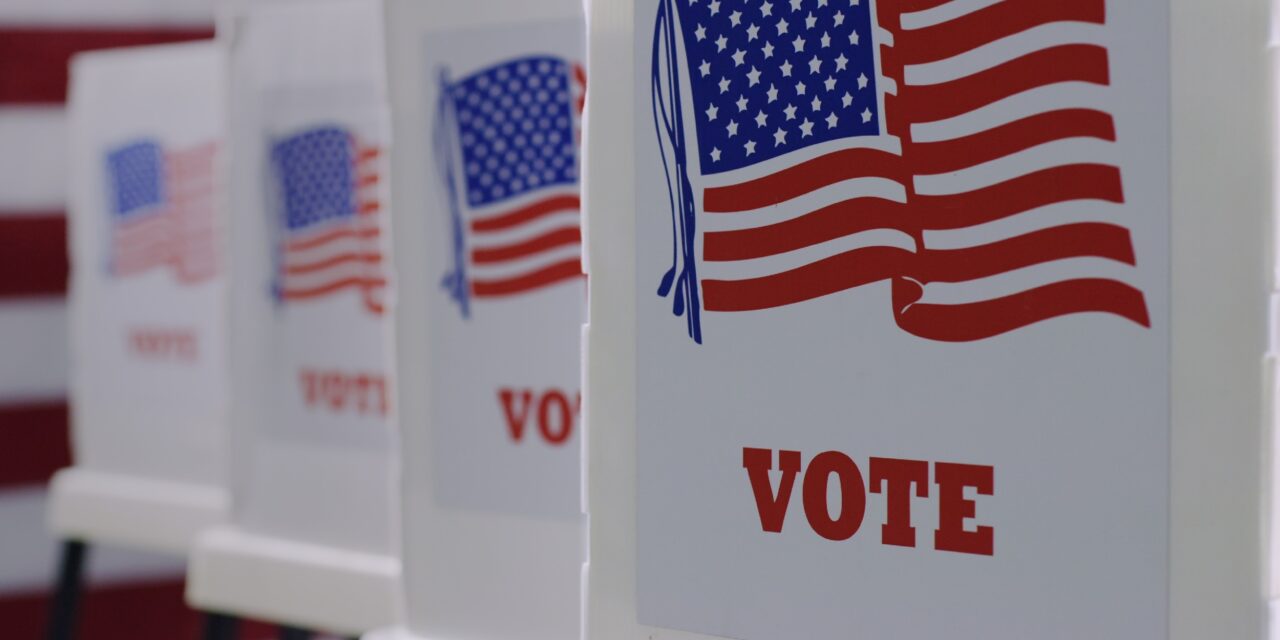Hundreds of thousands of immigrants might be prevented from voting in the 2020 election—even though they are just one step away from becoming new Americans.
Years of fiscal mismanagement at U.S. Citizenship and Immigration Services (USCIS)—coupled with a series of policy changes under the Trump administration—have led to an enormous backlog of citizenship applications at the immigration benefits agency.
Now, an estimated 300,000 people will not be able to take the citizenship oath—the final step in the naturalization process—by the October 13 voter registration deadline.
A Growing Backlog
The backlog of citizenship applications at USCIS has skyrocketed under the Trump administration. A myriad of changes has contributed to this problem, including increased vetting of applicants and conducting more interviews with fewer USCIS staff members.
The wait time between filing a naturalization application and taking the citizenship oath has increased to an average of nearly nine months. And in some cases, becoming a naturalized citizen can now take up to three years. This is a substantial increase from 2016, when the wait time was just over five months.
The Pandemic’s Effect on the Backlog
The COVID-19 pandemic has exacerbated this problem. Temporary USCIS office closures brought citizenship interviews and naturalization swearing-in ceremonies to a halt for months.
USCIS did manage to work through the backlog of 110,000 applications that got delayed due to the pandemic. Agency staff conducted drive-thru citizenship ceremonies to help close the gap.
But unfortunately, that did very little for the thousands of people already stuck in a bureaucratic limbo before COVID-19 hit the United States.
How the Backlog Could Impact the Election
Newly naturalized U.S. citizens are one of the fastest growing voting blocs in the country. But the number of new immigrant voters are not on track to match up with previous years.
In February, the Pew Research Center found that over 23 million naturalized citizens would be eligible to vote in the upcoming presidential election. It was estimated they would make up 10% of the entire electorate, the highest percentage ever recorded.
The majority would be voting in five states—California, New York, Florida, Texas, and New Jersey. Notably, both Florida and Texas are battleground states in this year’s election.
But given the backlog of naturalizations, the composition of the electorate may change. Over 15% of those who would have been able to vote in the election if not for the delays are from Mexico. Another 13% come from the Caribbean, while over 9% are South American.
Preventing these would-be voters from participating in the 2020 election makes the electorate less diverse—and less representative of what the United States actually looks like.
USCIS needs to prioritize completing these oath ceremonies by the October voter registration deadline. Aspiring Americans should not miss their chance to help decide the future of the country they have made their home.
FILED UNDER: covid-19, immigration backlog, naturalization, USCIS


